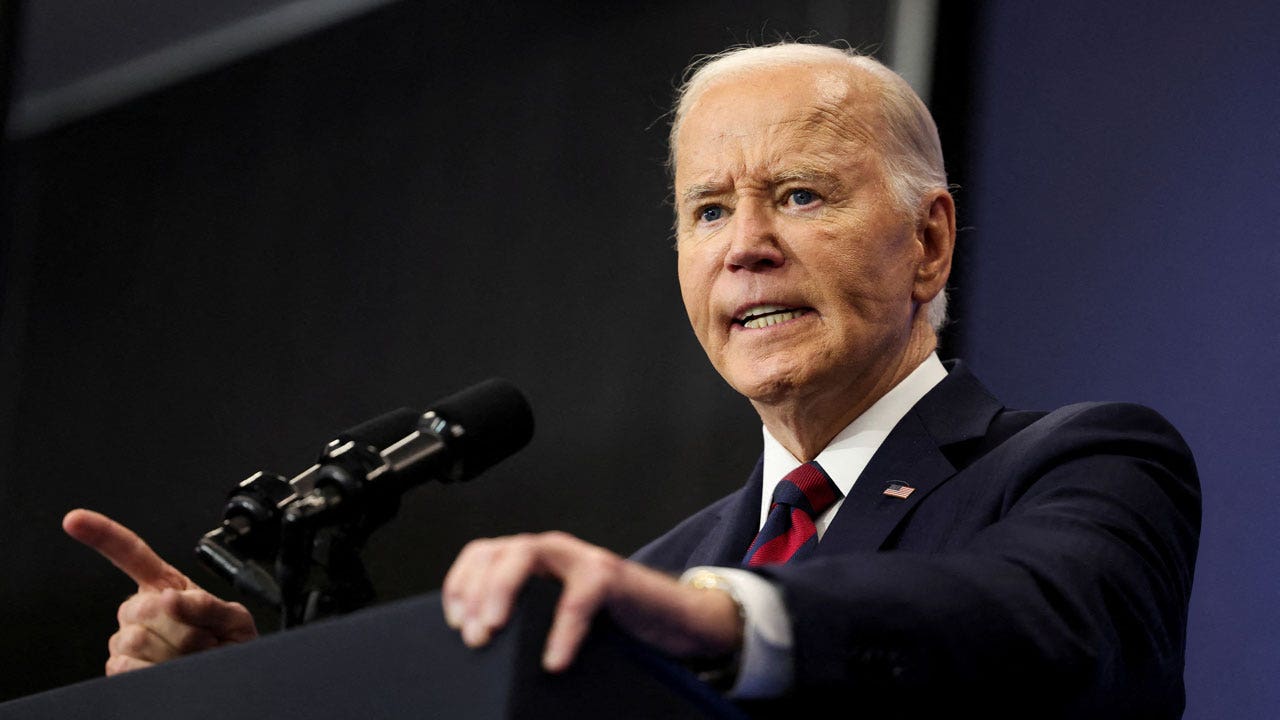Even so, the opera, which can seat 2,928 with Covid restrictions, sold an average of 1,912 tickets per show for “Fidelio,” its second production of this new season. That’s better than its second production in 2019, Britten’s “Billy Budd,” a searing work that does not always attract big crowds. But it drew fewer people than the opera’s second production in 2018, “Roberto Devereux,” which sold an average of 2,116 tickets a performance.
“The urgency to be bold, to be innovative, to be compelling to get audiences to come back or give us a try for the first time has never been stronger,” Shilvock said. “There will be a hunger for things that have an energy, that have a vitality, that give a reason to come into the city.”
Even before the pandemic, cultural organizations were dealing with challenges that threatened to discourage patrons, including a stressed public transportation system, traffic, parking constraints and the highly visible epidemic of homelessness. And many institutions were struggling to make inroads in attracting audiences and patrons from the tech industry, which now accounts for 19 percent of the private work force.
Now, facing an uncertain future as they try to emerge from the pandemic shutdown, arts organizations are embracing a variety of tactics to fill seats.
The Landscape of the Post-Pandemic Return to Office
Hope Mohr, the co-director of Hope Mohr Dance, said that her organization was spending $1,400 per night to livestream performances, so audiences could choose between coming into San Francisco or watching from their living rooms.
“A hybrid experience — I have to do that from now on,” she said. “My company usually performs in San Francisco, and I have audience coming from all over the bay.”





















Discussion about this post